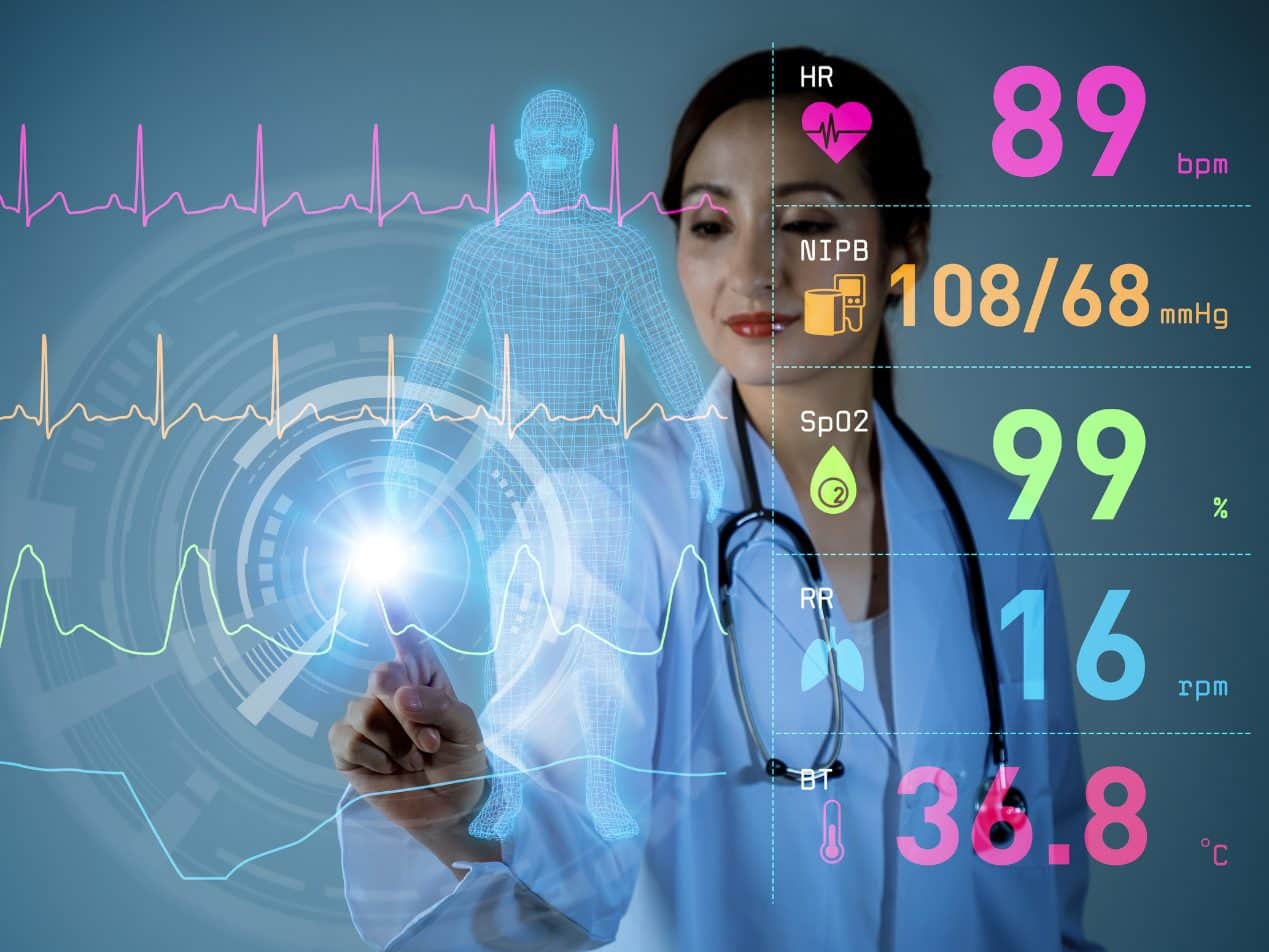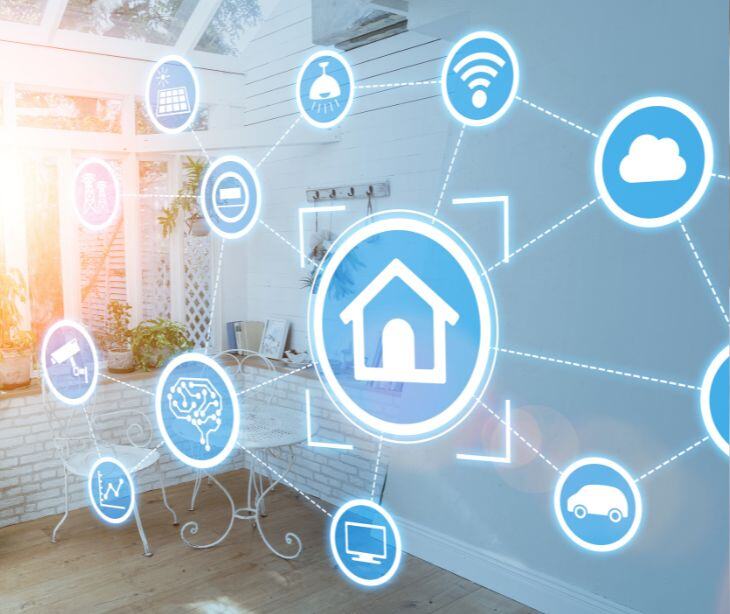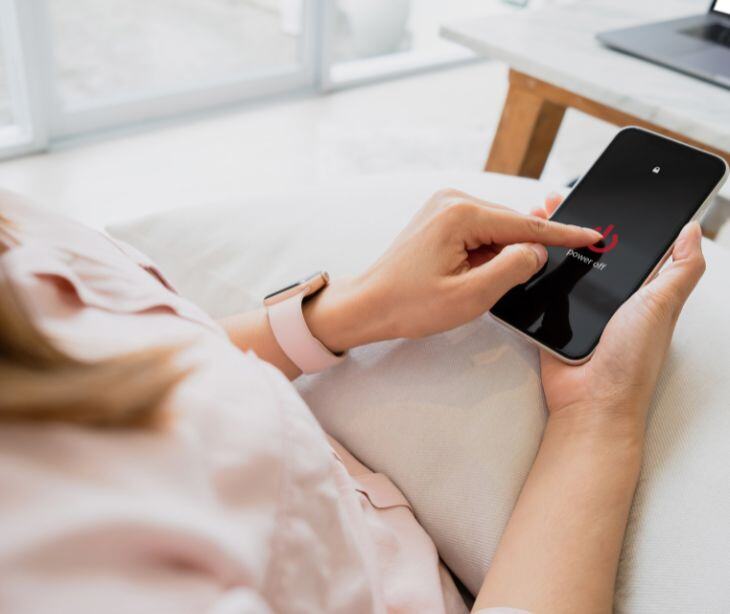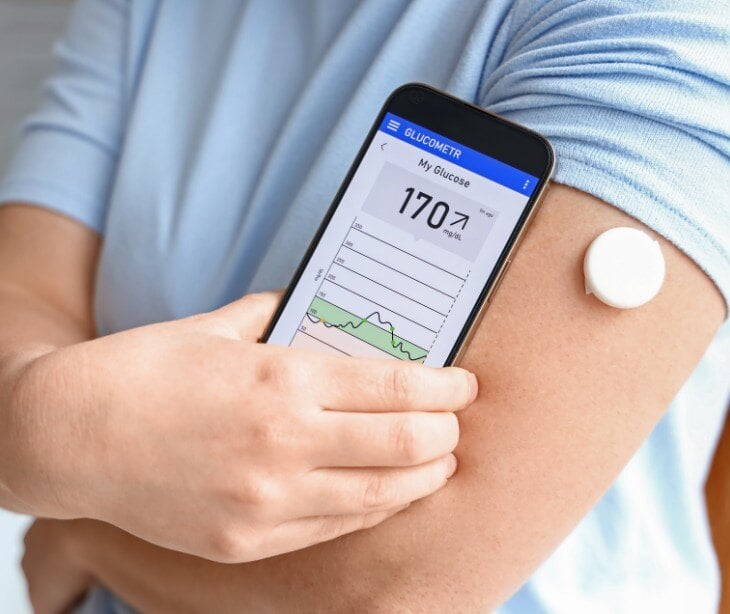
The world as we know it is shifting to a remote landscape. Emerging medical technology such as remote patient monitoring continues to evolve along with the growth of telehealth. In a post-coronavirus world, remote medical services are going to be increasingly popular, and even necessary. Technology that serves this end is on the fast-track to becoming standard.
SEE ALSO: Historic Expansions of Telehealth to Combat COVID-19
But what about remote patient monitoring? Is it here? Is it scary? Is it necessary?
Definition
According to careinnovations.com , “remote patient monitoring is a method of healthcare delivery that uses the latest advances in information technology to gather patient data outside of traditional healthcare settings.” Remote patient monitoring (RPM) instruments include a traditional range of devices such as insulin pumps, blood cuffs, and scales that track relevant protected health information (PHI) to send back to a patient’s healthcare provider. The general idea behind RPM tools has already been introduced through popular smart devices such as FitBit and Apple Watch (think heart rate monitors, calorie trackers), but its application to the medical field has the potential to save lives and revolutionize modern medicine.Why is remote patient monitoring important?
Remote patient monitoring can help people manage and monitor their health from home. In the midst of a pandemic, hospitals and other healthcare providers are struggling with overcapacity, supply and demand. Remote patient monitoring can help alleviate some of these obstacles, especially for people with chronic health conditions or milder long-term concerns. It also helps contain coronavirus and protects higher-risk patients such as the elderly and immunocompromised from unnecessary exposure. Research shows that the use of remote patient monitoring has multiple positive effects on health markers such as blood pressure. Other benefits include increased patient compliance and satisfaction, which also leads to better patient outcomes and quality of care.
SEE ALSO: Improve Patient Outcomes with Healthcare Email Marketing
Is remote patient monitoring effective?
According to Business Insider, the University of Pittsburgh Medical Center reported a reduction in hospital readmissions by 76% after providing patients with RPM instruments. The facility also maintained a 90% patient satisfaction score. This data suggests that remote patient monitoring is beneficial for both patients and providers. RPM has the potential to keep loved ones at home longer since basic information can be monitored by healthcare providers from afar. It also is a relatively non-invasive method, which further promotes accessibility and ease of use. The impact of RPM continues to evolve, especially among the aging population and those with chronic health conditions. It may become even more relevant as our culture shifts to a more isolated, self-sufficient society following COVID-19.Are there any associated risks?
Along with all the benefits of tracking more health data, privacy and protection are significant concerns. RPM can be a breeding ground for common HIPAA violations , such as lost/stolen devices and third-party information breaches. With technology, there is always a risk that data may be compromised through a cyberattack, or by a business associate ’s negligence to properly secure your information.
SEE ALSO: Coronavirus Cyberattacks: How to Protect Yourself
Though these violations are not new, they will only grow more considerable as remote patient monitoring expands its reach.
Conclusion
RPM has many positive benefits that will only increase as part of the healthcare digital transformation . However, like all emerging technology, there are serious risks to be managed. With the increasing prevalence of remote services, email is going to become more important for communication in both facility-patient and facility-facility relationships. Safeguarding PHI in the digital age continues to be a concern within the industry. Make sure you are protecting you and your patients with HIPAA compliant email so you can securely communicate without compromising confidential information.Subscribe to Paubox Weekly
Every Friday we'll bring you the most important news from Paubox. Our aim is to make you smarter, faster.




